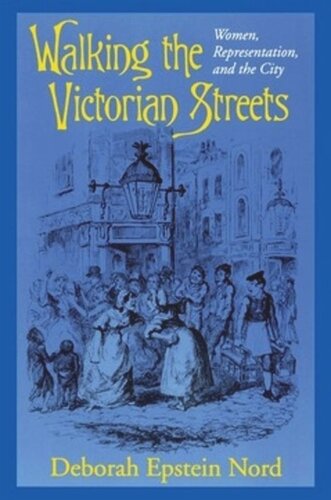

Most ebook files are in PDF format, so you can easily read them using various software such as Foxit Reader or directly on the Google Chrome browser.
Some ebook files are released by publishers in other formats such as .awz, .mobi, .epub, .fb2, etc. You may need to install specific software to read these formats on mobile/PC, such as Calibre.
Please read the tutorial at this link: https://ebookbell.com/faq
We offer FREE conversion to the popular formats you request; however, this may take some time. Therefore, right after payment, please email us, and we will try to provide the service as quickly as possible.
For some exceptional file formats or broken links (if any), please refrain from opening any disputes. Instead, email us first, and we will try to assist within a maximum of 6 hours.
EbookBell Team

5.0
50 reviewsLiterary traditions of urban description in the nineteenth century revolve around the figure of the stroller, a man who navigates and observes the city streets with impunity. Whether the stroller appears as fictional character, literary persona, or the nameless, omnipresent narrator of panoramic fiction, he casts the woman of the streets in a distinctive role. She functions at times as a double for the walker's marginal and alienated self and at others as connector and contaminant, carrier of the literal and symbolic diseases of modern urban life. In Walking the Victorian Streets, Deborah Epstein Nord explores the way in which the female figure is used as a marker for social suffering, poverty, and contagion in texts by De Quincey, Lamb, Pierce Egan, and Dickens.
What, then, of the female walker and urban chronicler? While the male spectator enjoyed the ability to see without being seen, the female stroller struggled to transcend her role as urban spectacle and her association with sexual transgression. In novels, nonfiction, and poetry by Elizabeth Gaskell1 Flora Tristan, Margaret Harkness, Amy Levy, Maud Pember Reeves, Beatrice Webb, Helen Bosanquet, and others, Nord locates the tensions felt by the female spectator conscious of herself as both observer and observed. Finally, Walking the Victorian Streets considers the legacy of urban rambling and the uses of incognito in twentieth-century texts by George Orwell and Virginia Woolf.